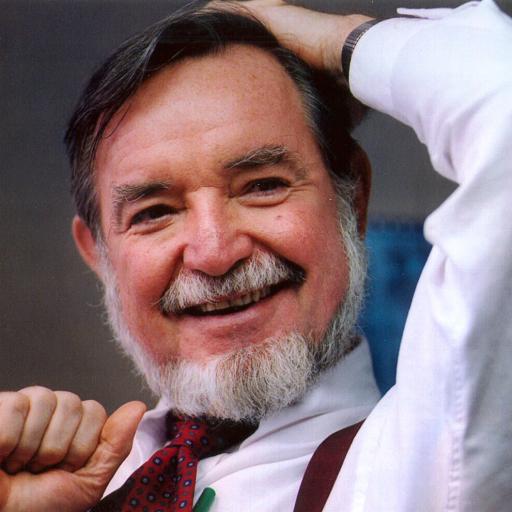
State or Province:
country:
USwhat are your gifts and talents?:
why do you want to join abcd in action?:
The Affinity Dilemma
The essence of most associational groups is that they are composed of a group of people who care about each other and/or the same thing. By its very nature, this affinity creates outsiders. For example, a voluntary association of Cook County Labrador Retriever Owners creates affective relationships between these dog owners while also excluding owners of poodles. This is a reality and not a “problem” to be fixed. Because of these affinity-based associations, they tend to be parochial and exclusive. This orientation doesn’t foster openness to others. In fact, their affinity is not enhancing diversity.
A friend of mine believes that the heart of our social problems is “like-mindedness.” If he’s right, the nature of associational affinity is one cause of the problem.
One way that I have seen that partially deals with the affinity dilemma is the creation of a local association of associations. This creates all kinds of new and “different-mindedness” connections. I don’t have a lot of examples of such an association of associations. However, the clearest implementation of this method was the original approach of Saul Alinsky. He was a Tocquevillian and taught his organizers to get as many associations as possible together in their neighborhood organization so that it would be broadly representative of the community. Unfortunately, his methodology has deteriorated in recent years becoming “church based organizing” where the structure is built on five to ten local churches and their pastors. I think the reason for this is that it is very difficult to bring together forty associations. However, among the forty are the churches and they are the one association that has money. In order to pay an organizer, you need local money that can’t be controlled by outsiders. Five to ten churches can contribute enough to sustain an organizer. But, the resulting organization doesn’t promote wide engagement and the opportunity for “different mindedness.”
It might be useful to have a Kettering gathering on the local examples/possibilities of “different mindedness” which may be the way serious citizen dialogue can develop in relatively homogeneous places.
